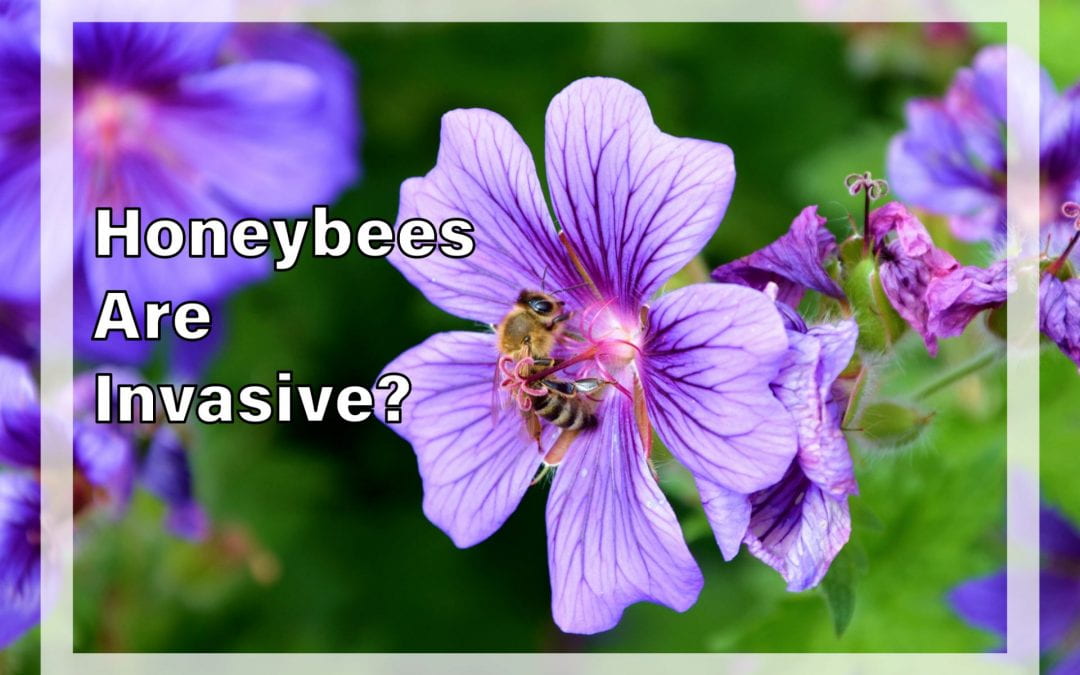Honeybees are not native to North and South America. They are an imported species, brought over the centuries by European colonizers to provide honey and crop pollination. As such, they are considered an invasive species in the Americas, as they contend with native bees for space, pollen, and nectar while having the additional help of humans to protect, house, and combat disease for them. In America, honeybees have no natural predators. They can starve out native populations of bees and other pollinators because they remove so much nectar and pollen from the plants they feed on. While this is a boon to the consumer, it comes as a detriment to the natural ecosystem. Honeybees can also facilitate the spread of diseases and parasites to native bees as well, who do not have the help of humans to look after their health.
Overpopulating regions where honey bees are native is also a problem as well. Other bees will find themselves in competition with a highly evolved and efficient pollinator, and, as studies have shown, the more honeybees present in an area, the less native and wild species of pollinator become present. This is detrimental to more than just those native bee species though, as honeybees usually pollinate food crops, or plants that humans like and not native flowers. This means that native flowers often go unpollinated and do not go to seed. So always consult with the governing environmental body in your area before deciding to keep honeybees.
Do you or someone you know keep bees? We want to hear your story! Pace University’s Pace Docs crew is in the process of producing a documentary about Urban Beekeeping, the latest in a series of award-winning environmentally and culturally relevant documentaries from our department. Contact us at paceudocs@gmail.com. And follow us on Instagram, Facebook, Twitter, and Tik Tok for more content!

